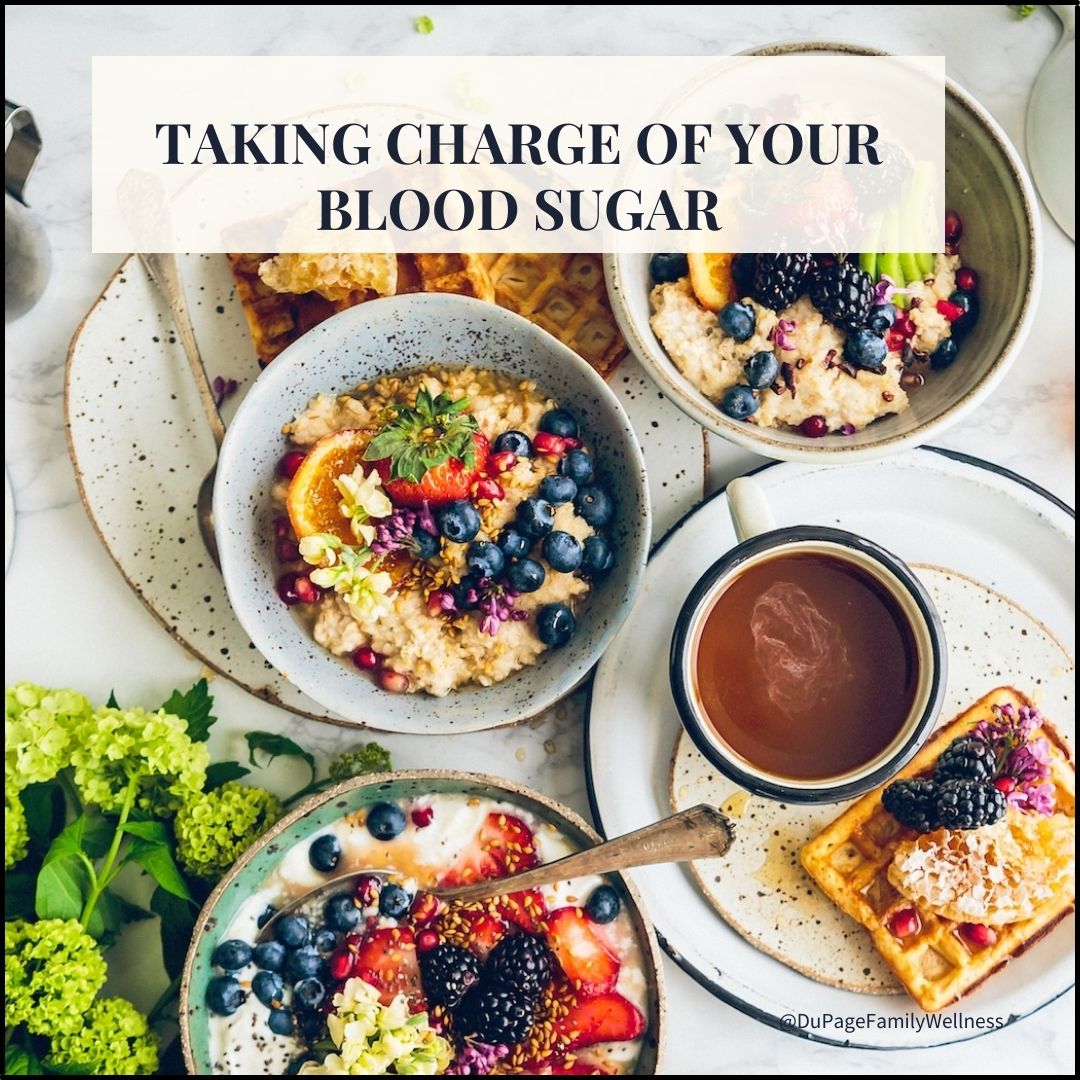 Eating a variety of different plants is good for your body in so many ways, but sometimes it's hard to get enough. Adding variety to your diet can help prevent boredom and can encourage you to eat more veggies!
Eating a variety of different plants is good for your body in so many ways, but sometimes it's hard to get enough. Adding variety to your diet can help prevent boredom and can encourage you to eat more veggies!
I know that my family has been stuck in a rut with our salads lately, so we started to spice it up a little bit. Instead of simply using mixed greens at the base of the salad, we have tried sliced red and green cabbage, grated beets, greens, swiss chard, kale, shredded carrots, microgreens, beet greens, cilantro, basil, mint, parsley, endive, and dandelion greens. (See the pictures below for some salads we've enjoyed recently.)
Let's explore the benefits of eating a variety of vegetables and see why the bright colored ones are so powerful.
The More the Merrier
Vegetables are loaded with great nutrients for your body. Let's look a just a few benefits of eating a lot of vegetables
- Vegetables give the body high levels of phytonutrients & antioxidants. Our bodies need phytonutrients and antioxidants to deal with free radicals, preventing them from causing damage in the body.
- Vegetables are loaded with vitamins, minerals, and enzymes.
- Vegetables provide the body with necessary fiber.
- Vegetables provide the body with prebiotics which feed the good bacteria in your gut. Many people are aware that probiotics are important for gut health, but a recent study found that prebiotics are even more important. Since 70% of the immune system is believed to reside in the gut it is extremely important to keep our gut flora balanced by feeding the good bacteria.
Read more ...
 Everyone knows that exercise is important! But what if I told you there are certain strategic exercises that will get you better results than working yourself like crazy at the gym? And what if I told you that overall movement, even when not “working out,” is important too?
Everyone knows that exercise is important! But what if I told you there are certain strategic exercises that will get you better results than working yourself like crazy at the gym? And what if I told you that overall movement, even when not “working out,” is important too?
I know, it’s shocking! Our culture is so focused on working hard to the point we feel like we have to beat ourselves up in the gym. However, with a little guidance we can work smarter rather than harder.
Let’s look at the “why” behind movement and explore the best exercises for lasting results!
The Danger of a Sedentary Life
According to Dr. James Levine, the director of the Mayo Clinic-Arizona State University Obesity Solutions Initiative, “Sitting is more dangerous than smoking, kills more people than HIV and is more treacherous than parachuting. We are sitting ourselves to death.”
What is even more surprising is that the negative effects of sitting are apparent even in those who exercise daily. This is not to say that we shouldn’t exercise. But we need to change our view of movement, focusing on natural movement and exercises that will get us the best results!
Ways To Incorporate Natural Movement in Your Life
When you think about the history of mankind, setting time aside to exercise is a fairly new concept. Movement was simply a part of life for most of our ancestors, as their survival depended on it. They didn’t need to go to a gym, because they moved to secure food, shelter, and safety!
Let’s change our mindset around movement to include natural movement into our lives! How can you do this? Choose one of these ideas to start moving today and then add more as you are able.
Read more ...
 Working with your body instead of against it is important for your emotional and physical health!
Working with your body instead of against it is important for your emotional and physical health!
When you understand the way your body works, you are more able to give it what it needs. Supporting your body and the systems in your body will allow them to function more efficiently.
Let’s take a look at the way our nervous system is wired to handle stress, so that we know how to support it and stay regulated in these trying times!
A Regulated Nervous System
The nervous system is a remarkable communication network that relays messages between the brain and the rest of your body. Your sympathetic and parasympathetic nervous systems are designed to work together to keep you safe.
Simply speaking, the body goes into a sympathetic state when there is danger. Stress hormones such as cortisol and adrenaline are released, and your body goes into fight or flight mode. This is a protective measure designed to give you the best chance of survival in dangerous situations.
A well regulated nervous system will settle once the danger is over. The parasympathetic nervous system will be activated. Heart rate, blood pressure, and blood sugar begin to normalize. This is often referred to as the “rest-and-digest” state of being and is where healing takes place.
Chronic Stress
In today’s world the dangers we face are not always clear. Our nervous system often registers chronic stress as a danger. This can include things such as stress at work, relationship trouble, financial concerns, loneliness, and our world's current crisis.
Chronic stress can leave us with a dysregulated nervous system, leaving us stuck in a fight or flight response. While these stress responses are beneficial temporarily during a time of crisis, we were not meant to stay in them long.
Managing Stress
Reducing the amount of stress and increasing your capacity to handle unavoidable stress, can help regulate your nervous system so you can stay balanced. Here are some helpful ways to handle stress.
- Self-Care - Establishing good self-care routines is extremely important. Each person will be different based on personality, circumstance, and values. The important thing is to choose things that are life-giving and enjoyable for you each day.
- Grounding techniques - To ground yourself, simply bring awareness back to the present moment by using your senses. It is extremely helpful in dealing with stress since most of our worry is about things in the past or things yet to come.
Read more ...
 Getting a good breakfast is a struggle for most people, but when you take a look at the research you will find just how important that first meal is. A solid breakfast will set you up for steady blood sugar and set you up to make good choices throughout the day!
Getting a good breakfast is a struggle for most people, but when you take a look at the research you will find just how important that first meal is. A solid breakfast will set you up for steady blood sugar and set you up to make good choices throughout the day!
Let’s take a quick look at the research and then talk about what you should be eating for breakfast and why.
A Bigger Breakfast
A research study divided women into 2 groups. Both groups were on a reduced calorie diet of about 1400 calories. The first group had 700 calories at breakfast, 500 at lunch, and 200 at dinner. The second ate 200 at breakfast, 500 at lunch, and 700 calorie at dinner time.
The Big Breakfast Group
- Had greater reductions in fasting glucose
- Had greater reductions in fasting insulin
- Lost more weight
- Lost more inches at waist
- Greater decreases in triglycerides
- Had lower hunger scores
- Had higher satiety scores
This study was on overweight and obese women, but other research shows similar benefits.
Big Breakfast for Women with PCOS
Another study found that lean women with Polycystic Ovary Syndrome (PCOS) benefited from a high-calorie breakfast as well.
In lean women with PCOS, a high caloric intake at breakfast with reduced intake at dinner results in improved insulin sensitivity and reduced cytochrome P450c17α activity, which ameliorates hyperandrogenism (acne, hair growth in a male pattern, hair loss on the head) and improves ovulation rate.
These findings indicate that meal timing and distribution should be considered as a therapeutic option for women with PCOS.
What to eat for Breakfast
When preparing your big breakfast, it is really important to focus on protein, fat, fiber, and minimal (if any) carbs. This last part about the carbs, is especially important if you have PCOS, insulin resistance, or type 2 diabetes. An ideal breakfast will have about 25-30 grams of protein or a serving about the size of the palm of your hand. It will also have one serving of fat about the size of your thumb. The fiber would be your veggies! I am a big fan of getting a variety of vegetables in throughout the day starting at breakfast! If you do want some carbs, feel free to have some berries or non-starchy vegetables. (If you don't have a blood sugar issue, eating some starchy veggies or grains along with your protein and fat can work).
Read more ...
 Hey! Are you a woman with PCOS who would like to get to the root of your issues and address them naturally? If so, I'm excited to share with you BALANCED!
Hey! Are you a woman with PCOS who would like to get to the root of your issues and address them naturally? If so, I'm excited to share with you BALANCED!

 Eating a variety of different plants is good for your body in so many ways, but sometimes it's hard to get enough. Adding variety to your diet can help prevent boredom and can encourage you to eat more veggies!
Eating a variety of different plants is good for your body in so many ways, but sometimes it's hard to get enough. Adding variety to your diet can help prevent boredom and can encourage you to eat more veggies! Everyone knows that exercise is important! But what if I told you there are certain strategic exercises that will get you better results than working yourself like crazy at the gym? And what if I told you that overall movement, even when not “working out,” is important too?
Everyone knows that exercise is important! But what if I told you there are certain strategic exercises that will get you better results than working yourself like crazy at the gym? And what if I told you that overall movement, even when not “working out,” is important too? Working with your body instead of against it is important for your emotional and physical health!
Working with your body instead of against it is important for your emotional and physical health! Getting a good breakfast is a struggle for most people, but when you take a look at the research you will find just how important that first meal is. A solid breakfast will set you up for steady blood sugar and set you up to make good choices throughout the day!
Getting a good breakfast is a struggle for most people, but when you take a look at the research you will find just how important that first meal is. A solid breakfast will set you up for steady blood sugar and set you up to make good choices throughout the day!